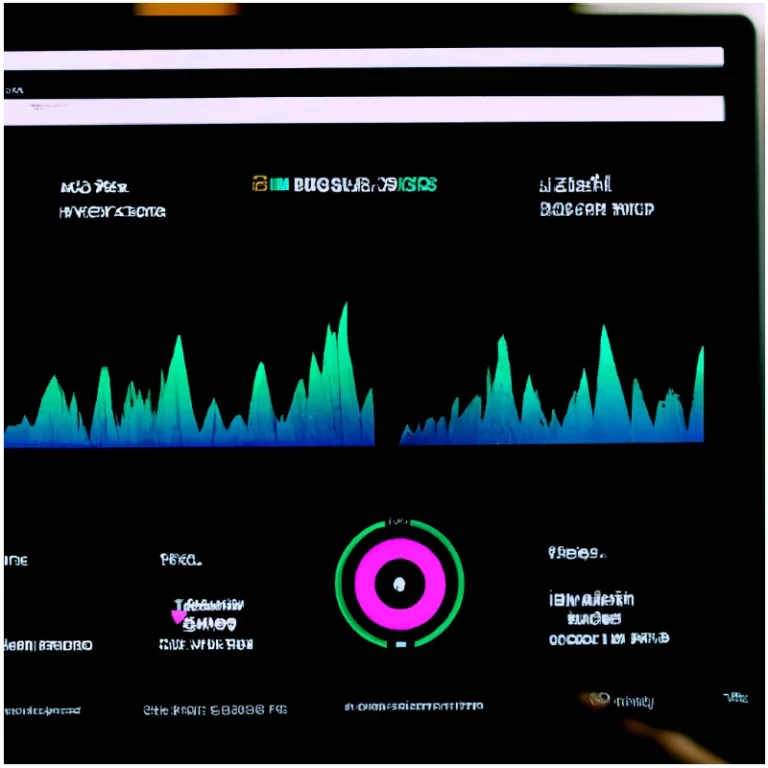What are DNS Records? Avoid making costly mistakes!
What are DNS Records? Are they different than a domain name?
So to begin, What are DNS Records and what are DNS Record Types? A simple explanation is they are a system of computer commands and addresses to send data to and from different locations. Below you will find a more detailed explanation of what DNS records are and how to use them.
In very basic terms, think of your computer as an apartment building with many residents who all need mailboxes.
A domain name (such as “google.com”) is a lot easier to remember than a string of letters and numbers that comprise a network address (like “74.125.224.72”). The domain name system (DNS) is what makes this possible – it’s a hierarchical decentralized naming system built on a distributed database that allows users to connect to Internet resources by typing easy-to-remember names instead of the more difficult addressing system computers use.


A map to server routing for DNS systems.
In this instance you don’t want to give your mailbox a number and expect everyone else to know it, you want each person to put their name on the box. DNS is basically doing the same thing, only with IP addresses instead of mailboxes.
But that’s just scratching the surface. The world of DNS records is actually very complex and can be used to describe the different types of records that exist and what each does for your domain.
DNS and AI
It is tempting to think that DNS records don’t plan a role anymore with the takeover from AI… Yes, I said Take Over 🙂 The truth is the Internet is built upon IP addresses that are not human-readable, and as long as a human will be reading anything on the Internet DNS records will be necessary. We just can’t remember or relate to all the numbers in the IP address readily.
DNS Terminology

DNS Record TTL functions just like a timer for when information needs to be updated.
TTL –
“time-to-live” or “time range” This number indicates how long a particular record should stay in cache on other DNS servers before they refresh their information.
The time can range from seconds to days, but it is recommended you keep this number low (under an hour) to avoid any issues with stale data.
A TTL sounds like something straight out of science fiction, but it can be explained very simply as how much time should pass before the tabled information becomes stale, as in my bread… sorry, bad joke I know!
SOA –
“start of authority” Used mainly by Internet service providers (ISPs), this type of record includes the hostname of your domain, when it was created, and when it will expire.
NS –
“name server” contains the authoritative name servers for a particular domain. These servers can either be an Internet service provider or one that you own yourself.
MX –
“mail exchange” When you type in an email address, this section is referred to as the MX record. It indicates where you receive incoming emails from. If there are multiple MX records with different priorities in a single hosting package, mail will always go to the highest priority one first. MX records and main delivery systems work together to deliver your email to you.
A –
This uniquely identifies a certain computer on the internet according to its IP address. An A record is mainly used in IPv4 systems. Records are one of the most commonly used record types. It tells you the domain name where your data is stored, which means that if you want to set up a website on your own hosting, for example, this will tell people the URL of the ISP’s server.
The A record is still enough for browsers and search engines. Since this contains only the IP address of the desired computer, this cannot be used by people who do not know how your DNS is set up.
TXT –
“text record” is a commonly used method to store data about a domain. This allows the recording of information that cannot be defined using other types of records. In addition, TXT can also store cryptographic keys, which are useful when it comes to email security. A common use of TXT Records is to verify ownership of domain names and DNS records for services such as Google Search or Analytics.
CNAME –
“canonical name record” tells other servers/systems what another domain name is an alias for. For instance, if your primary site has www before it then you can use a CNAME record to redirect visitors http://www.example.com to http://example.com.
If you have a website that’s hosted on multiple servers, you might need to create one record with an A record and CNAME record associated with it in order for the domain to direct traffic to the right server.
How to Look Up DNS Records
There are many ways to look up a website or domain’s DNS record. Here is one of my most used methods to look up the DNS records. There is also a Chrome Extension by the name of DNS Lookup that can be useful on occasion.

Using your Host to Manage DNS Records

When you’re running a website, you need to make sure your site is accessible to visitors and search engines. Many hosting providers offer the option of creating DNS records for their customers and managing them all in one place. This can lead to unfortunate results if something goes wrong and leaves your site inaccessible or de-indexed by Google’s search bots.
What could go wrong?
Well, if your hosting provider decides that they need to upgrade their servers and you’re not paying attention, all or some of your DNS records might get erased. This would make your domain stop working until you’ve fixed the problem. The same thing can also happen if their server becomes unavailable, which could leave you without access to change the situation.
Other potentially dangerous situations like website hacking or site-compromising malware, and/or your hosting company going out of business could leave you without any way to fix the problem.
This is why we recommend that you learn how to set up your own DNS records so you can use separate companies, one to host your website and one to manage your DNS Records. If you don’t believe me you may want to check out my article on Cheap Hosting!
Now for some pros!
There are a lot of advantages to having your hosting manage your DNS records as long as nothing goes wrong with the server or the connection between it and Google’s search bots. It may be faster since they host thousands of other domains on a single system.
Also, if anything goes wrong they should be able to access and fix it. If you’d like, you can make edits while it propagates changes, you won’t have to wait as long for the changes to take effect. They may also have more features that give you greater control over how your website behaves in the search engine rankings.
A Third Option
Yes you can use the same company to host your DNS records and your website, or you can use two separate companies, but there is a third option. Here at Smith Sites, we offer a service that manages your DNS records, designs and builds your website, as well as hosts it. We do this by using a separate domain registrar for your DNS records and world-class servers such as Amazon AWS and Digital Ocean. If you would like to find out more; get a website built and managed for your worry-free.
Conclusion
So, What are DNS Records? Well, they are a system the internet uses to guide and manage data. Unless you want to use the IP address for everything then using the DNS records is what you need. The DNS Record system allows server companies and others to send data in a person-readable manner.
If you are setting up a website it is important to understand generally how this system works, in case any issues arise. Any modern website needs to have a DNS system unless you are the only user and you know its IP address.
Overall I believe it can be useful for users who are not familiar with, or comfortable working with their website’s DNS records to have a general understanding.





